Organizers

Wendy Mackay is a Research Director at Inria Saclay and leads the Ex-Situ research lab in Human-Computer Interaction, which is joint with the LISN (Université Paris-Saclay, CNRS) Computer Science Research laboratory. Internationally recognized in this discipline, she is a member of the ACM SIGCHI Academy (Association for Computing Machinery - Special Interest Group on Computer-Human Interaction), has an Honorary Doctorate from the University of Aarhus in Denmark, and was named ACM Fellow in January 2020. She also received the Suffrage Science Award from the MRC London Institute of Medical Sciences and is the 2021-2022 Annual Chair for Computer Science, Collège de France. Her ERC Advanced Grant (CREATIV) was awarded for her research on human-computer partnerships and co-adaptive instruments. She has published over 200 peer-reviewed research articles in the area of Human-Computer Interaction. Her current research interests include human-computer partnerships, supporting human creativity, co-adaptive instruments, mixed reality and interactive paper, and multidisciplinary research methods.

Janin Koch is an assistant professor at Inria Paris-Saclay in France, working with Prof. Wendy Mackay on human-computer partnership approaches for design practice as part of the European HumanE AI initiative. She holds a PhD from Aalto University in Finland where she was working with Prof. Antti Oulasvirta in the User Interface group, also interned at Autodesk Research. Her main research interest lies in human-AI collaborations for creative tasks. She is particularly interested in how systems can actively participate in the construction and exploration of abstract concepts in design. Her work is published in top-tier HCI venues like ACM CHI, DIS, and CSCW, and bridges research from the fields of HCI, design research, and artificial intelligence.

Lison Gaultier graduated from a Master 2 in Cultural Projects in Public Space at the University of Paris I Panthéon-Sorbonne after a first Master in culture and communication at Sciences Po Saint-Germain-en-Laye. She had various professional experiences in cultural and urban development including at the Société du Grand Paris where she supported the artistic and cultural program of the Grand Paris Express, the future metro which will pass through Paris-Saclay Campus. She finally joined Societies in 2022, first as a volunteer and now as a project manager on the Art & University actions.
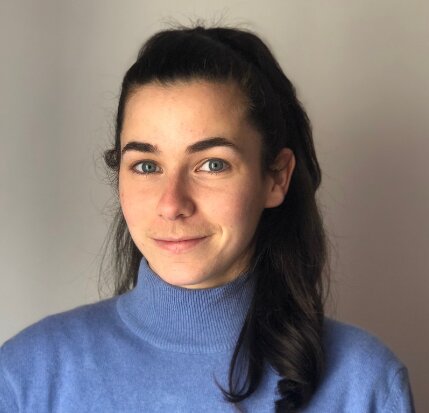
Michelle Sanquer is an apprentice in charge of communication and cultural mediation at the Inria center in Saclay where she participates in the implementation of communication strategies, the promotion of project-teams and the development of projects mixing art and science. After a diploma in physical therapy, a bachelor's degree in marketing and event communication, and art history courses at the Ecole du Louvre, she has entered a Master's degree in Organizational Management and Communication with a focus on culture at the University Paris-Saclay in September 2021.

Nicolas Taffin is a graphic & UI designer. He is a member of the Inria Ex-Situ research lab in Human-Computer Interaction led by Wendy Mackay. After Philosophy studies and research on type, he moved to graphic design and his work focused on the culture, science and research areas. He is co-founder of the publishing house C&F éditions and has been teaching publishing and digital publishing in the Caen Normandie University. He has also been president of the type association Les Rencontres internationales de Lure. His work “Livre,” was exhibited at the BPI-Centre Pompidou and through France.
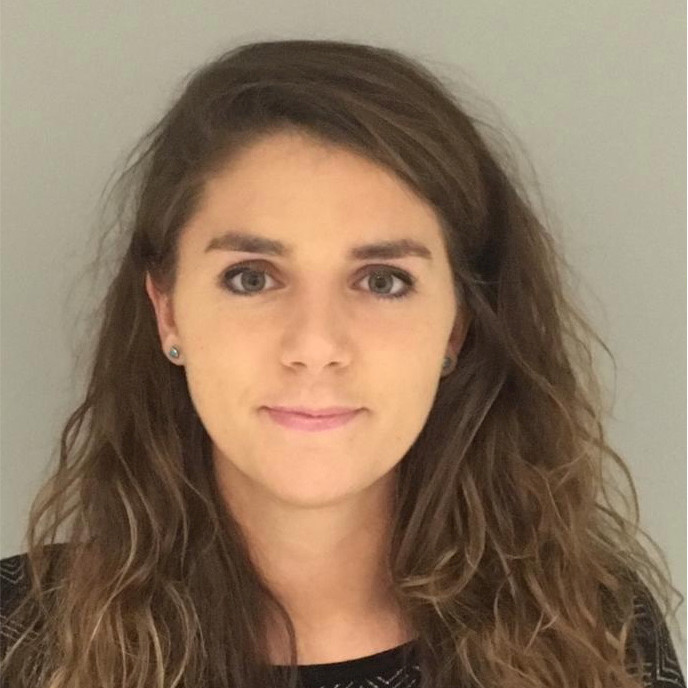
Marjorie Tarjon After a Master's Degree in Culture and Scientific Communication at the UVSQ-Université Paris-Saclay, she worked in cultural organizations and research centers as communication and project officer developing communication strategies and researching partners and fundings. She has been involved in different cultural events such as the departmental festival « La science de l’art » where scientists and artists work together to create works of art. She joined in 2020 la Diagonale the cultural Department at the Université Paris-Saclay where she promotes and manages science-society projects and organizes the art-science event « CURIOSITas ».
Artists

Kévin Bray (Corbie, FR, 1989) is a French artist generalist, graduated from Sandberg Instituut Amsterdam and Alumni of the Rijks Akademie. Currently based in Amsterdam, his practice focuses on breaking and combining narratives and techniques of our past and present in the aim of debunking realities of our fictions. Playing with the porosity of diverse Media; re-organizing mediums and tools to shape a language that would be welcoming to all of them, the work of Kevin Bray engages with different types of communication strategies. Traversing from cinema, graphic design, illustration, painting, sculpture to music and writing, in his work Bray blends and conceptualizes all of the parameters of these expressions to build up symbolic narratives, commenting on our diverse existences and the appearances they embody.

Alix Desaubliaux is an artist and researcher in digital arts. After a DNSEP at the ENSAD in Nancy obtained in 2016, she supports a Higher Research Diploma in Arts at the ENSBA in Lyon in 2021. She works on the ontology of fantasized or digital creatures, sometimes ephemeral existences that inhabit video games, cybernetics or the limbo of cinema licenses like the Godzilla saga. The emotions that bind us to these entities are at the heart of this research and allow us to accompany virtual, or more broadly fictional, existences to meet the animal, electronic, virtual and biological kingdom. Otherness is as much a subject as a tool and the development of experimental laboratories serves as a crossroads and meeting point.
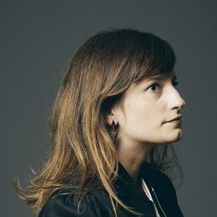
Justine Emard is a visual artist. She lives and works in Paris. Her artworks explore the new relationships that are being established between our existences and technologies. By combining different image medias – from photography to video and virtual reality – she situates her work at the intersection between neurosciences, objects, organic life and artificial intelligence. In 2017, she is a winner of the residence Hors-les-murs by the Institut Français for a project in Tokyo. Her work had been exhibited at the Moscow Biennale of contemporary art and in museums like the NRW Forum (Dusseldorf), the National Museum of Singapore, the Moscow Museum of Modern Art, the institute Itaú Cultural (São Paulo), the Cinémathèque Québécoise (Montréal), the Mori Art Museum (Tokyo), the MOT Museum of Contemporary Art Tokyo, the Irish Museum of Modern Art (Dublin), the Barbican Center (London) and the World Museum (Liverpool). In 2020, she is in residence at the ZKM, Center for Art and Media Karlsruhe, and she is a winner of the national photographic commission «IMAGE 3.0» by the CNAP (National Center for Visual Arts) and the Jeu de Paume in Paris. In 2021-22, she is artist-professor invited at Le Fresnoy, Studio national des arts contemporains, in France.

Basse Stittgen's work is positioned at the intersection of design, art and material research. It stems from a fascination for material, how it can be created, applied, used / re-used and questioned. This approach leads to investigations into production cycles, or becomes a tool to unfold hidden narratives and potentials embedded in matter. The work looks for ways how design can become a tool to engage with contemporary complexities by way of making the invisible tangible. Putting matter out of place and reshaping it through tools and processes that are based on looking at the world through a lense of materiality. Basse graduated from the Design Academy Eindhoven in 2017 and since then his work has been exhibited at the V&A Museum, the NGV Melbourne and the 13th Shanghai Biennale of Architecture. It is part of the collection of the MAK Vienna, the Fundatie Museum Zwolle and the Wellcome Collection.
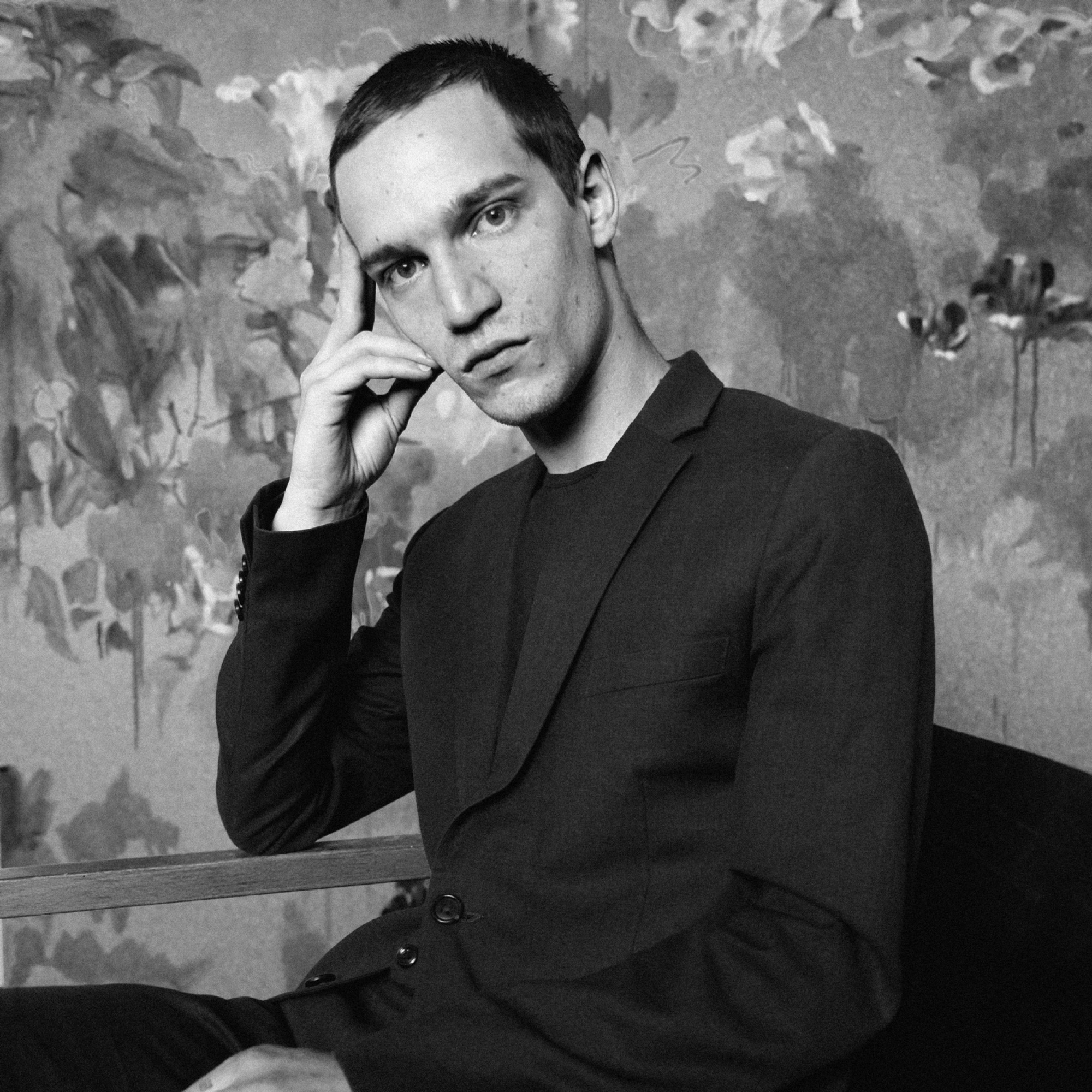
Pablo Hnatow is a French artist and designer. He gained a postgraduate degree in Graphic Design from the École Nationale Supérieure des Arts décoratifs, Paris and completed his studies at the Cité du design, Saint Étienne (FR) as a research student. Currently based in Paris, he initiated since 2015,« Internet of Nothings », a corpus of projects that questions our physical and digital existence. In the context of a probable extinction of the human species and faced with the growing number of connected objects, he imagines the narratives that take place at the very moment when certain things emerge and others disappear. It is at this civilizational crossroads that funeral rites, religions, artificial intelligence and new technologies meet. He is currently resident artist at villa belleville, Paris and his work has been exhibited at the design biennale of Saint-Étienne (2016) and the Triennale of Milano (2016).
Lecturers
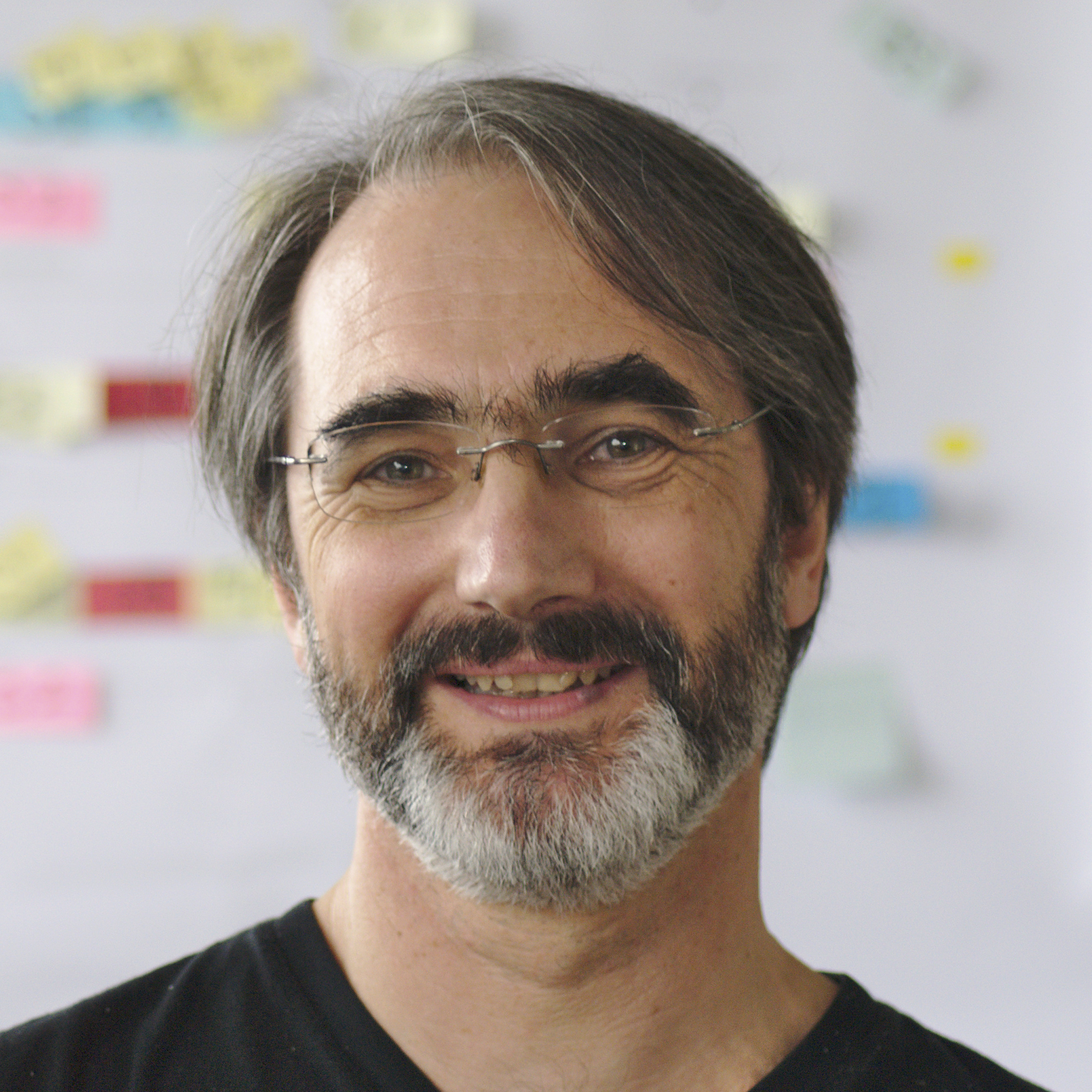
Michel Beaudouin-Lafon is Professor of Computer Science, Classe Exceptionnelle, at Université Paris-Saclay and a senior fellow of Institut Universitaire de France. He has worked in human-computer interaction for over 30 years and was elected to the ACM SIGCHI Academy in 2006. His research interests include fundamental aspects of interaction, novel interaction techniques, computer-supported cooperative work and engineering of interactive systems. He has published over 200 papers and is an ACM Distinguished Speaker. His current research is conducted in the Ex-Situ group, a joint lab between Université Paris-Saclay, CNRS and Inria. He is the laureate of an ERC Advanced Grant and the head of the Digiscope and CONTINUUM infrastructure projects. Michel is currently vice-chair of the ACM Technology Policy Council. He received the ACM SIGCHI Lifetime Service Award in 2015.
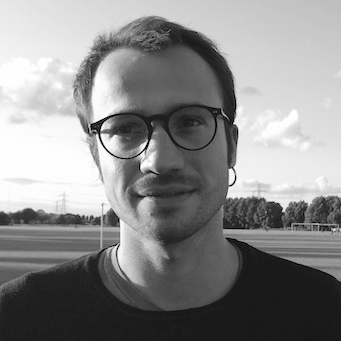
Baptiste Caramiaux is a CNRS Researcher at ISIR, Sorbonne Université in Paris, in the HCI Sorbonne group, a AI consultant at Mogees ltd. and an associate member of the artistic collective Fronte Vacuo. His current research involves studying the use of Machine Learning in creative and cultural contexts, with a particular focus on examining how learning algorithms can be used in the performing arts, health or pedagogy, and integrated with communities of practice. He is interested in developing technology that acts as reflective tool that allows people to question their practice, learn, and express themselves.
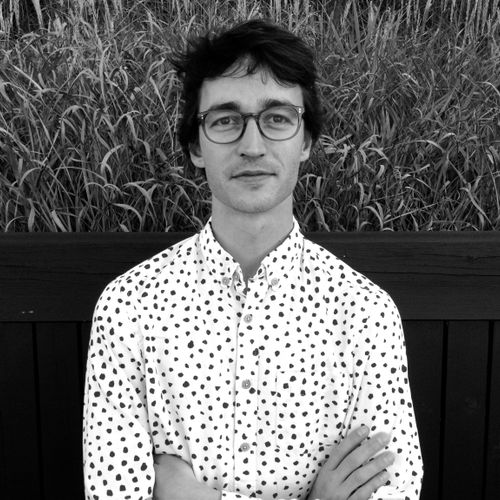
Jules Françoise is a CNRS Researcher in Movement based Human-Computer Interaction at LISN (CNRS, Université Paris-Saclay) within the AMI Team (Architectures and Models for Interaction). He holds a PhD in computer science from Université Pierre et Marie Curie, that he conducted under the direction of Frédéric Bevilacqua in the Sound Music Movement Interaction team at Ircam. His research focuses on the design of movement-based interactions in artistic contexts, such as dance and music, and on interactive machine teaching, to support end-user interaction with machine learning systems.

Janin Koch is a postdoctoral researcher at Inria Paris-Saclay in France, working with Prof. Wendy Mackay on human-computer partnership approaches for design practice as part of the European HumanE AI initiative. She holds a PhD from Aalto University in Finland where she was working with Prof. Antti Oulasvirta in the User Interface group, also interned at Autodesk Research. Her main research interest lies in human-AI collaborations for creative tasks. She is particularly interested in how systems can actively participate in the construction and exploration of abstract concepts in design. Her work is published in top-tier HCI venues like ACM CHI, DIS, and CSCW, and bridges research from the fields of HCI, design research, and artificial intelligence.

Wendy Mackay is a Research Director at Inria Saclay and leads the Ex-Situ research lab in Human-Computer Interaction, which is joint with the LISN (Université Paris-Saclay, CNRS) Computer Science Research laboratory. Internationally recognized in this discipline, she is a member of the ACM SIGCHI Academy (Association for Computing Machinery - Special Interest Group on Computer-Human Interaction), has an Honorary Doctorate from the University of Aarhus in Denmark, and was named ACM Fellow in January 2020. She also received the Suffrage Science Award from the MRC London Institute of Medical Sciences and is the 2021-2022 Annual Chair for Computer Science, Collège de France. Her ERC Advanced Grant (CREATIV) was awarded for her research on human-computer partnerships and co-adaptive instruments. She has published over 200 peer-reviewed research articles in the area of Human-Computer Interaction. Her current research interests include human-computer partnerships, supporting human creativity, co-adaptive instruments, mixed reality and interactive paper, and multidisciplinary research methods.
Coaches
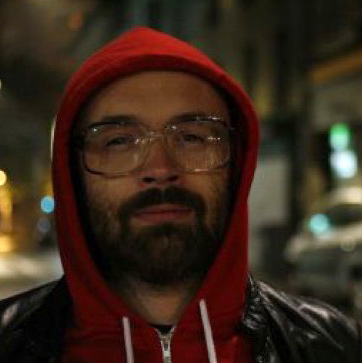
Romain Di Vozzo is the Director of Fablab Digiscope | LISN | UPSaclay, the Project Manager for Fablabs at UPSaclay, a Mentor of the Global Fablab Network and a former student of SPEAP - the Experimental Master in Arts and Politics created by philosopher Bruno Latour at SciencesPo Paris. Trained as both an artist and as a Digital Fabrication Guru (Fab Academy Diploma 2012), Romain has dedicated 20 years of his life to Fine Arts before starting to explore new ways of bringing publics to empower themselves through Design and Digital Fabrication Technics. He also holds a diploma in Bio Design (Bio Academy 2015) and in Fashion Design (Fabricademy 2019). Romain is also an advocate for Distributed Design and Circular Fabrication as possible ways the mitigate Environmental Issues. Among other art projects of his own exhibited in places like the MIT Short Film festival (Holbach), Romain designed the incubator for Pierre Huyghe installation "Living Canver Variator" exhibited at Le Palais de Tokyo in 2016.
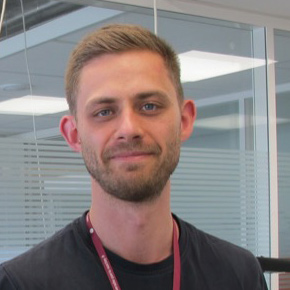
Jonah Marrs (Fablab Manager) has a background in History, Architecture and Electronics. He is interested in the intersection between Media Archaeology and avant-garde creative practices and hopes to develop new ways to introduce students of design to electronics and computer science. Jonah has worked as an intern architect in Berlin, an electro-mechanical prototyper at the Brooklyn Navy Yard, a guest digital archival researcher at Montreal’s Canadian Center for Architecture, and an Artist in Residence at Autodesk’s Pier 9 in San Francisco. He now works at L’Université de Paris Saclay as a Research Engineer developing hands-on electronics workshops and kits for students of the Fab Academy. Jonah has been invited to present his research at Oxford University’s Internet Institute, Harvard’s Department of Visual and Environmental Studies, the Universität der Künste Berlin, the University of Southern California’s Art History Department, and the Architecture Schools of Carnegie Mellon, McGill University and at MIT as the 2017 Schlossman Fellow recipient.
